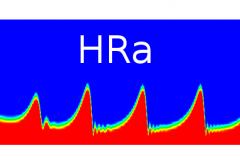Here I outline my roadmap for improvising over chords.
1. First, I’ll continue practicing miniscales. These are triads plus a second or fourth.
2. Triads are a subset of miniscales. Mastering them with all their inversions doesn’t sound like a bad idea.
3. Root and third if the chord is only meant to be sketched out. For example, if the chord only spans two beats. In the case of a diminished chord, the root and tritone are good options.
4. Turnarounds often involve one chord per beat. I make it easy for myself and just play the root.
First, be able to apply 1. to 4. over some standards!
The next steps are:
• 4-note chords
• 4-note chords with a second or fourth. For m7, that would be the minor pentatonic scale. For maj7, the best way in jazz is to use the major pentatonic scale with the 6th.
It will certainly take some time to master this concept.
Expanding from five notes to seven would be the final step. This would bring me to the modes for major, dominant, Dorian minor, and half-diminished. For fully diminished, I could still learn the whole-step-half-step scale. But five notes are usually sufficient because the duration is short.
